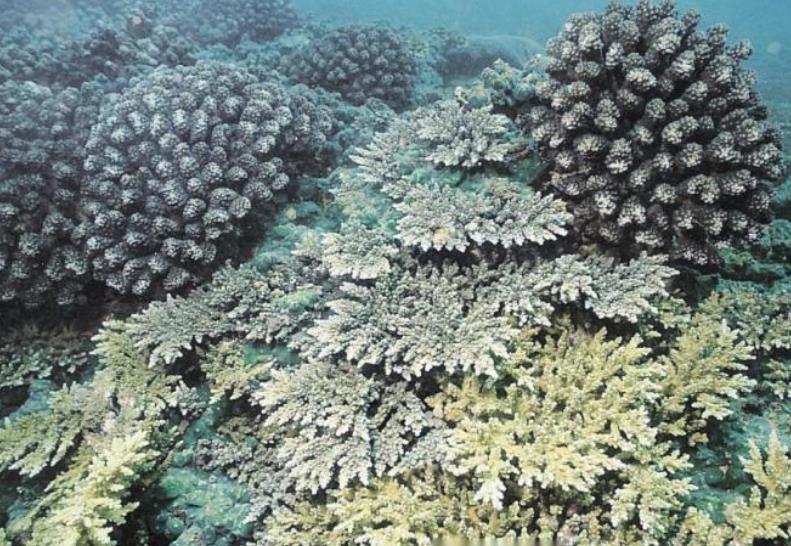
1. Acropora coral
Corals with branched growth forms like staghorns are called staghorn corals. They are coral reefs that grow in the waters of the Indian Ocean and the Pacific Ocean. Staghorn corals are a large number of coral species, mainly including gridded staghorn corals, pine branch staghorn corals, and rough staghorn corals. Coral etc. Their coral cups are small and simple in structure. The living environment of staghorn coral has rapid currents and water depths of 0.5-20 meters. Like other corals, this species has a symbiotic relationship with zooxanthellae, replenishing 70% of its own nutrition through photosynthesis, and the coral polyps feed on plankton at night. The breeding peak of Acropora coral occurs in the South Pacific in November every year.
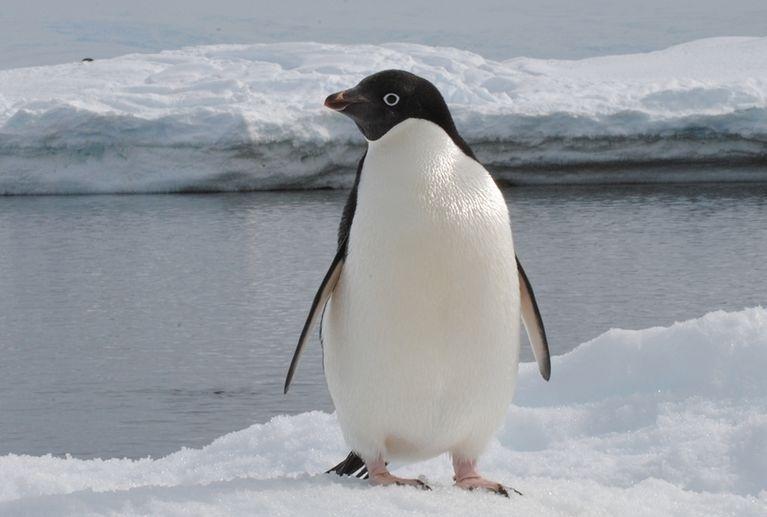
2. Adélie Penguin
Adélie penguins are medium to small species in the penguin family, with a body length of 72-76 cm. Like many species of penguins, the male and female birds are the same shape and color, making them difficult to identify from their appearance. Adélie penguins circle the coast of Antarctica and nearby islands, overwintering in the ocean. Antarctic experts believe that this is another catastrophic impact of climate change on the Antarctic region. The number of the most severely affected Adélie penguins will drop to 80%. If the weather does not improve in the short term, the situation may be more serious. This species may disappear from the earth in less than 10 years.
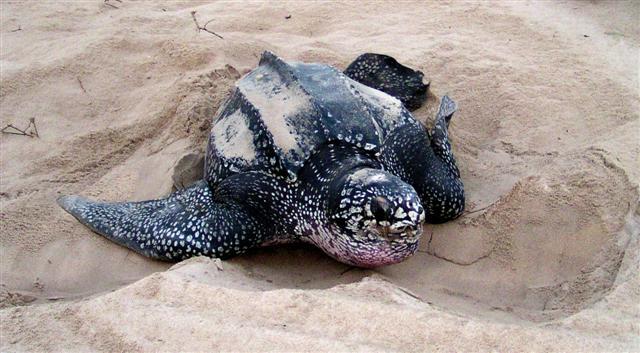
3. Leatherback sea turtle
Leatherback sea turtles are endangered, in part because they often die when they get tangled in fish hooks while swimming in the ocean. However, these fierce turtles still appear in oceans around the world. Leatherback sea turtles can grow up to 9 feet long and weigh over 2,000 pounds. Male leatherback sea turtles never leave the ocean and spend their entire lives here, while female leatherback sea turtles only come ashore to nest and lay eggs.
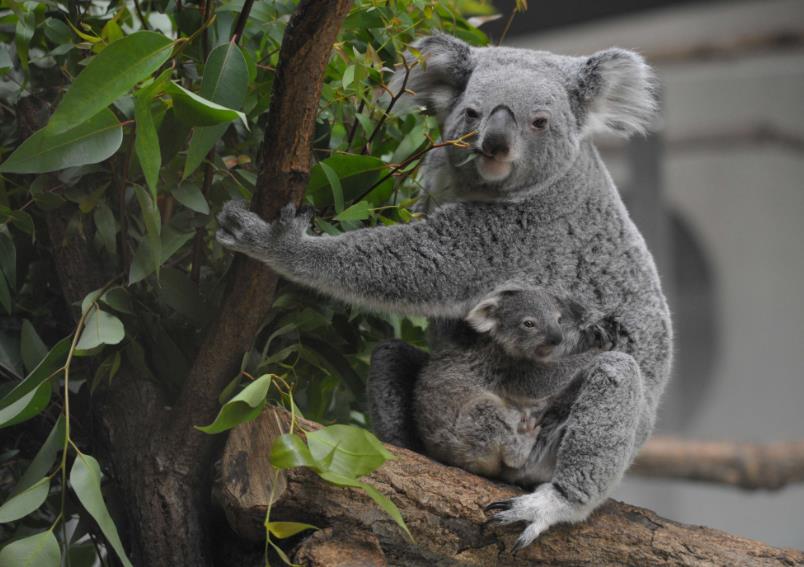
4. Koala
Koalas are obese, have thick and messy fur, and have no tail. They spend most of their time in trees and almost their entire lives in eucalyptus trees. It spends much of its day sleeping, less than 10% of its time foraging, and the rest of its time mainly spent sitting quietly. Koalas almost never go to the ground to drink water. They feed on eucalyptus leaves. They can eat many eucalyptus leaves every day and digest well. The koala is Australia's national treasure and a unique and rare primitive arboreal animal in Australia. Due to climate change and disease threats, the number of koalas has been greatly reduced and is facing functional extinction.
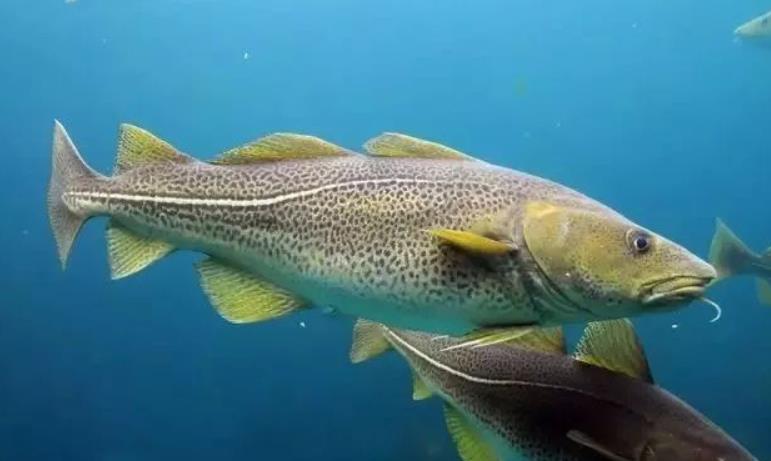
5. Atlantic cod
Atlantic cod is one of the fish species with the largest annual catch in the world. It is a food fish with high economic value. As a commercial fish species, its main export countries are Canada, Iceland, Norway and Russia. The main production area in Japan is Hokkaido. This fish is also an important farmed and sport fish. Listed in the 1996 Red List of Endangered Species of the World Conservation Union (IUCN) ver 2.3 - Vulnerable Species.
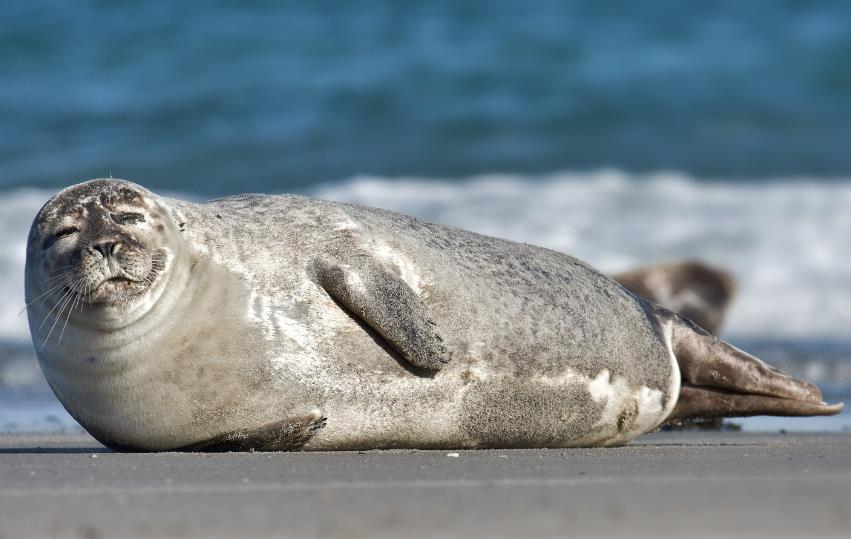
6. Ringed seal
The ringed seal is an animal in the family Sealidae. The body is small, the back of the adult body is dark gray with gray-white ring spots, and the ventral surface is generally silvery white without dark spots. Ringed seals are expert divers and their diving time generally does not exceed half an hour. They mainly feed on arthropods such as cod, amphipods, and krill, and their food composition varies significantly with seasons and regions. Common in places, but vulnerable to man-made threats. It is estimated that the ringed seals in Lake Baikal will be on the verge of extinction in 5 to 7 years.
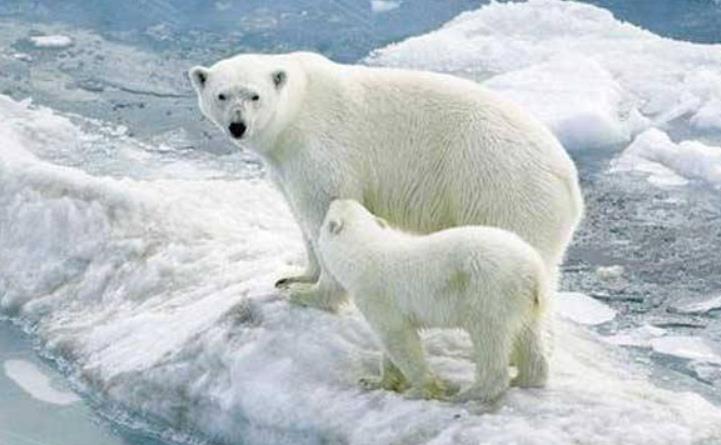
7. Polar bear
Polar bears are found throughout the ice-covered waters of the Arctic Circle. In areas where Arctic sea ice melts completely each summer, polar bears are forced to spend several months on land, where they feed primarily on stored fat until the sea freezes. The genes of polar bears in different regions are not sufficiently variable. Therefore, in the face of the crisis of climate change, polar bears lack genetic diversity and may easily lead to their total extinction.
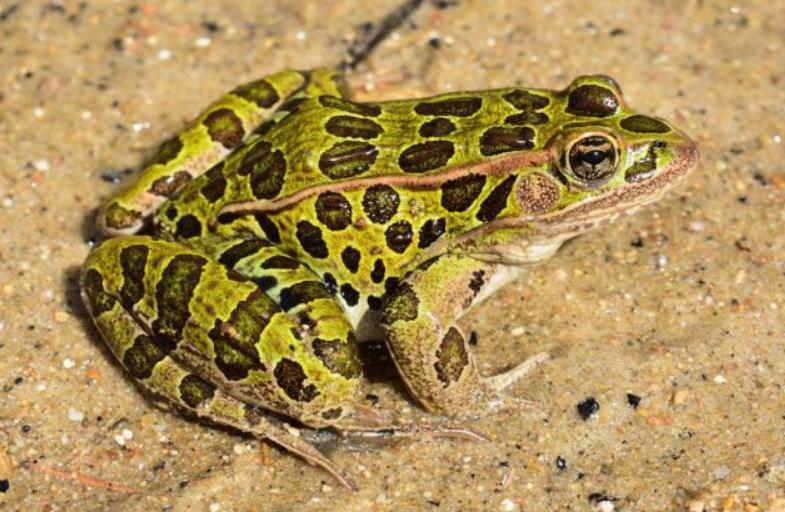
8. Colombian Spotted Frog
Bodies of water in Yellowstone National Park are declining, causing a decline in the Blumbia spotted frog population. Climate change is also causing the rapid spread of the deadly chymotrypsin fungus, which is threatening amphibians around the world. The Colombian spotted frog is an endangered amphibian.
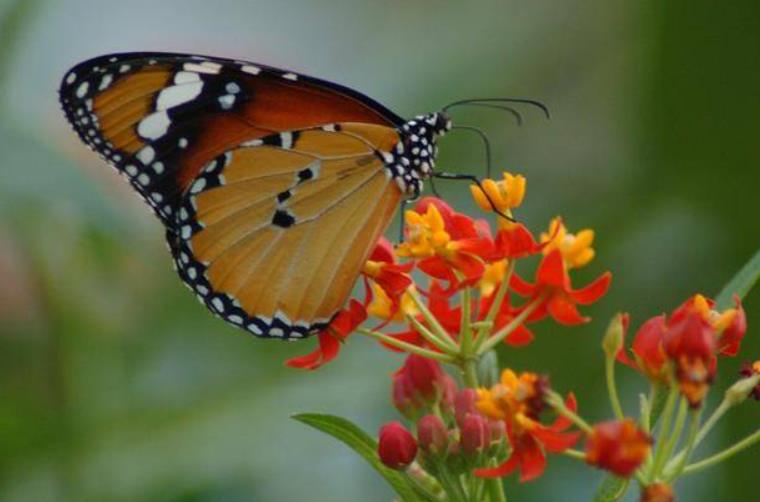
9. Emperor Butterfly
The emperor butterfly is a large butterfly that is very common in North America. In Australia, this butterfly is called the Wanderer Bufferfly, which is also a very common butterfly. The monarch butterfly is probably the most well-known butterfly in the world. There are two reasons: First, because the emperor butterfly is very beautiful and is known as the most beautiful butterfly in the world. The second reason is that the emperor butterfly is the only migratory butterfly. They fly thousands of kilometers each year to escape the harsh North American cold. This habit is unique among insects.
animal tags:
We created this article in conjunction with AI technology, then made sure it was fact-checked and edited by a Animals Top editor.